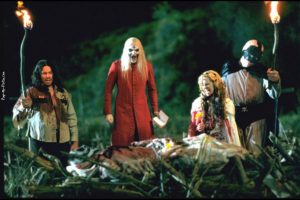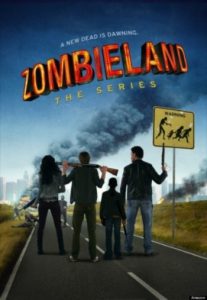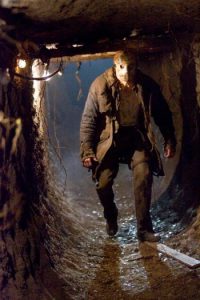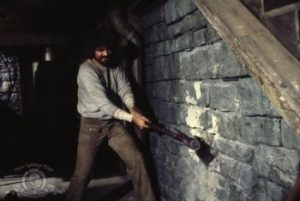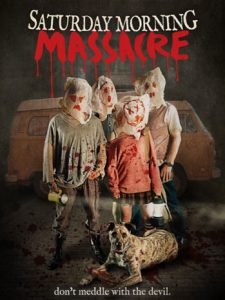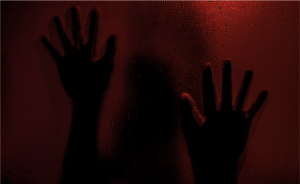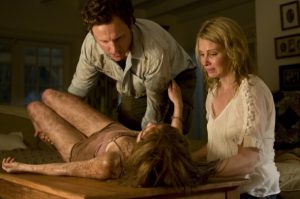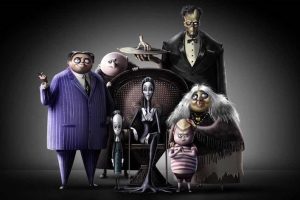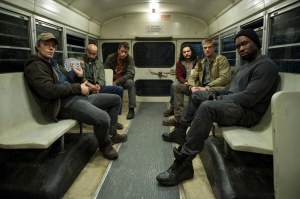Killer Children Horror Movies: An Analysis
While a possible hypothetical question that is raised in zombie cinema is – Can you shoot your now zombie relatives, mum or your dad?, killer children movies ask us whether we can kill a very much human and alive child while they are possibly, metaphorically or literally holding a knife to your throat. Therefore I think it is appropriate as a horror fan to ask what makes killer children movies so equally horrifying yet so intriguing and upon analysis more complex than they may first seem.
It may seem obvious why they are terrifying on the idea alone but just one example of what we can easily overlook is their essential invulnerability. This is not in a fantastical sense like Jason Voorhees but due to the fact that is for a character in lot of these film’s more evil to kill a child than the child is evil itself, and in this regard the child is even more indestructible than a bogeyman like Jason. Our own moral conscience prevents us from combating their immoral intentions.
While critics of horror cinema can rightly highlight potential parallels between reality, slasher films (e.g Black Christmas) and serial killer films like Henry: Portrait of A Serial Killer to emphasize their impact and significance, and it is obvious that the vast majority of real killer’s are adult’s, there have been real cases of killer children.
Jon Venebales and Mary Bell are two famous cases that put the following quote from George Romero in a whole new context “I’ve alway’s felt that the real horror is next door to us, that the scariest monsters are our neighbours”. In the narrative context of a horror film, or indeed in real life (though extremely rarely) this threat may be in the opposite room while you peacefully sleep.
Indeed what can make this sub genre so disturbing is how such innocent childish acts can take a perverse turn when, in killer children films they involve murder and how children can so easily deceive adults due to their seemingly playful, innocent nature. This is perhaps most chillingly displayed in specific sequences of Narciso Ibanez Serrador’s Who Can Kill a Child (1976) or the heartless nature of 8 year old’s Rhoda’s character in The Bad Seed (1956). As the character of Damien shows us in The Omen a child is also a perfect concealment for ultimate evil. Interestingly in real life it is relatively common for people ask themselves, in response to abhorrent figures like Adolf Hitler whether people are born evil.
While this is the case for Damien or possibly Rhoda in The Bad Seed (1956) in reality it is untrue. It is however true that people can be born with a psychological abnormality and so vulnerable to experiences that leave them disturbed. This theme is present in the Texas Chainsaw Massacre (1974), as represented by Leatherface. In a telling scene he is confused and distressed that his eventual victim’s are entering his home and later mocked by his ‘family’ who order him around. Similar psychological issues are also explored in the Freudian undertones of Peeping Tom (1960). (On a sidenote what society should realise is that Horror films themselves are never the reason for actions of real life child killers, no matter how much the media try to convince the public so)
What is also quite interesting is that even film’s outside the Killer Children sub-genre can incorporate, to a certain extent the same elements. Indeed they are key design/narrative aspect’s of haunted house films like Robert Wises The Haunting (1963) and Jack Clayton’s The Innocent’s (1961) and so crucial to their intended atmosphere. While I have never previously asked why children’s voices have the potential to be so creepy it is upon reflection quite simple. In the case of The Haunting in one particular sequence the director creates a simple yet very strong contrast between its sound design – a child’s voice, and very effective location/environmental design that is achieved through the film’s cinematography – the evil presence of the mansion.
In other film’s like 2007′s The Orphanage the death of innocent children creates a psychological torment on the main female character do the desire to appease the vengeance and sorrow of the returning victim’s souls. Ringu (1998) play’s on an extremely similar but very real notion in traditional japanese folklore of the tormented soul (called a Onryō) avenging their wrongful death, in this case a girl. By choosing a girl character this is particularly symbolic as it represent’s a life taken away that is unfulfilled and we feel more compassion due to their perceived innocence. Therefore the vengeful spirit, we can assume, will be more vengeful and their revenge more horrific; and so more effective in the context of the genre and mind’s of the audience.
Interestingly we can find parallels with this in Who Can Kill A Child as it encapsulates a similar theme in its pre credit’s images. This presents images of the very real exploitation and abuse of children across the world whether it is child soldier’s or victims of wars. It is implied that the killer children in this film therefore represent the collective souls of all children lost to war etc and, unfortunately for our adult protagonist’s take revenge on any that come across their path.
In the environmental horror sub genre several films explore a similar revenge of nature theme: for example Australian ec0-horor Long Weekend (1978) and while there are examples of this sub genre where the motivation’s of the killer children are more obscure (see 20o8′s The Children) the background and possible themes are clearly present. Furthermore we can relate these to how feminism and woman empowerment is considered by critics of the genre to be represented by female character’s in contemporary film’s like American Mary (2012) and The Descent (2005).




![Best Indie Horror Films [ Part 2 ]](https://www.horror-movies.ca/wp-content/uploads/2021/04/absentia-610x343-2-300x169.jpg)
